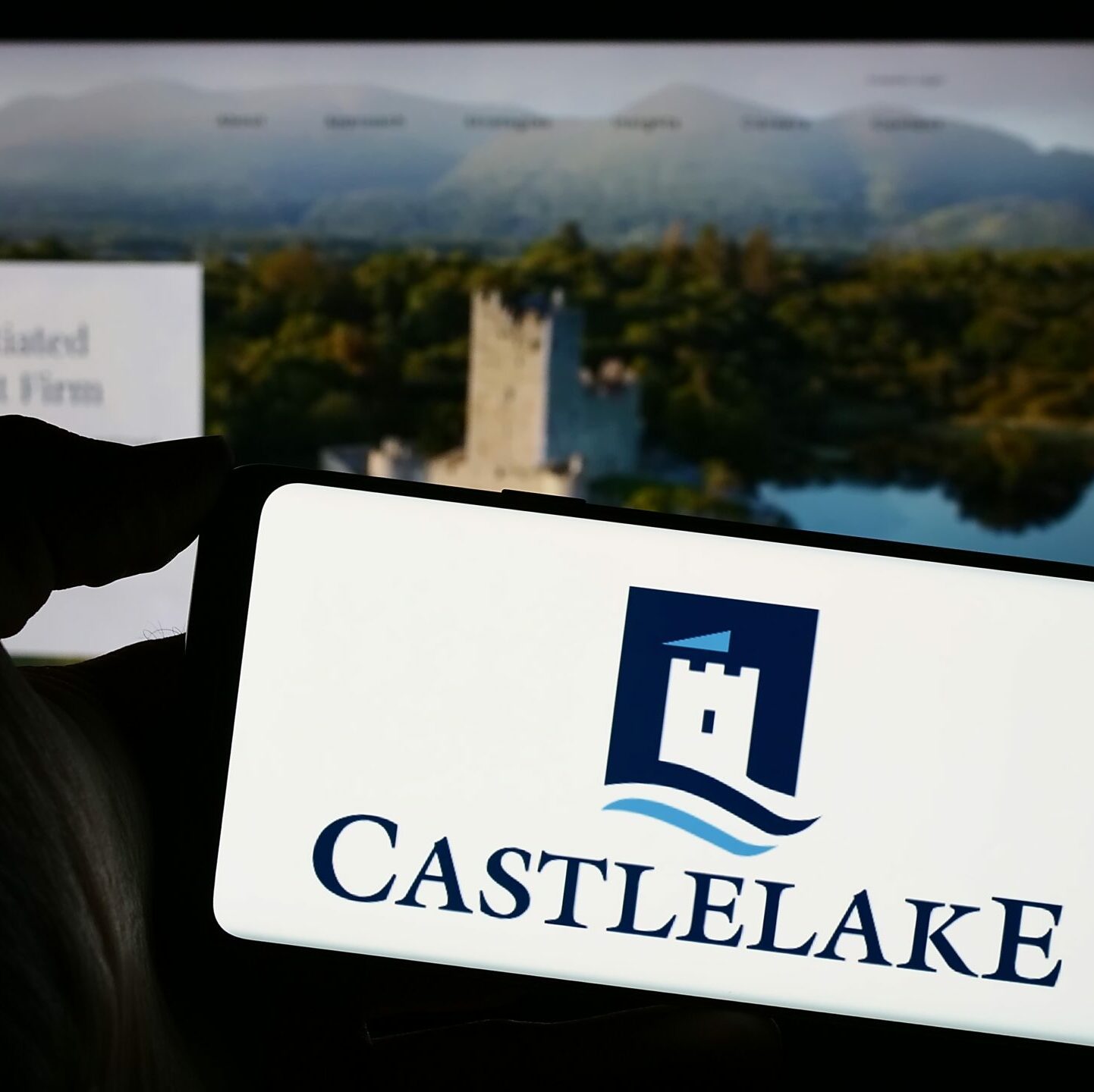Northern Trust has released a white paper outlining key steps investment managers and investors can take to potentially achieve greater transparency in alternative investments such as hedge funds, private equity, infrastructure, real estate and natural resources.
The paper, ‘Alts Transparency: Finding the Right Balance’, is a follow-up to an industry-wide survey conducted earlier this year by The Economist Intelligence Unit for Northern Trust, which confirmed that transparency remains a top priority among alternative investors.
“A decade after the global financial crisis highlighted the risks of large allocations to opaque, illiquid assets, the industry continues to struggle with standards of transparency in alternative investments,” says Pete Cherecwich (pictured), President of Corporate and Institutional Services at Northern Trust. “Our white paper explores the issues faced by both asset managers and asset owners and offers practical suggestions to drive a more focused industry-wide approach that can produce commercial, administrative and transparency benefits for everyone involved.”
Northern Trust’s white paper calls for a “collaborative partnership between the buy and sell sides” to develop industry standards, and says a “more nuanced conversation about transparency” between asset managers and investors can lead to an increasingly strategic approach for achieving transparency objectives. The paper sets out examples from industry stakeholders and profiles the extent of transparency demands from the investor and manager perspective, to illustrate the complexity facing participants.
A central recommendation is that organisations consider developing a transparency “tool kit” to facilitate decision-making and achieve consistent standards, processes and controls through a four-step process:
Identify Stakeholders – from executive leadership to operations teams to trustees and fiduciaries
Prioritize Transparency Objectives – whether holdings, valuations, liquidity, fees or other requirements
Rank Key Questions – including what “transparency” means to the organization and what tradeoffs may be needed to achieve the end goal
Establish Best Practices – for due diligence, investment performance and annual reviews
“Our February survey of 200 asset managers and institutional investors found that transparency has surged in importance since the 2008 financial crisis, but industry best practice lags demand,” says Penelope Biggs, Chief Strategy Officer, Corporate and Institutional Services at Northern Trust. “While we acknowledge that no ‘magic bullet’ exists, it is possible to achieve consensus around key issues and ultimately enhance results. We believe the path forward involves reframing the conversation between managers and investors to focus on practical opportunities to drive transparency and best practices across alternative assets.”
“Our goal is to provide a robust framework for this discussion, with a combination of original research into the views of sophisticated global investors and Northern Trust’s recommendations based on decades of experience working with both asset owners and asset managers to support investments in alternative asset classes.”






